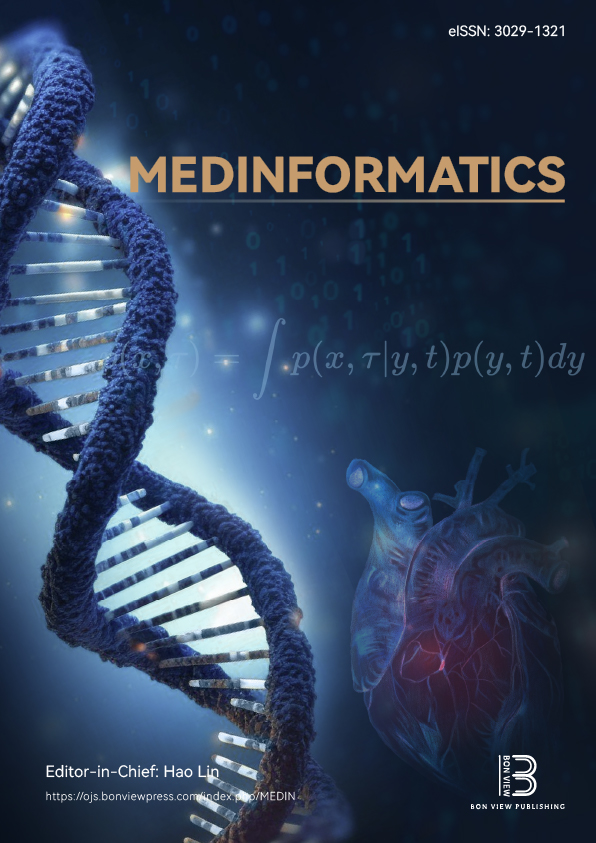Unraveling the Shared Genetic Elements Among COVID-19 and Epilepsy: A Computational and Bioinformatics Analysis
DOI:
https://doi.org/10.47852/bonviewMEDIN42022621Keywords:
COVID-19, epilepsy, DEG analysis, network analysis, biomarkersAbstract
The outbreak of COVID-19 linked to the SARS-CoV-2 virus has raised worries about its potential to worsen pre-existing health issues such as autoimmune conditions. One common autoimmune condition seen across all individuals is epilepsy. Our detailed computational study examined the complex connection between COVID-19 and epilepsy, with a focus on their possible impact on neurodegenerative disorders. Leveraging transcriptome analysis, we aimed to interpret shared pathways and molecular biomarkers between COVID-19 and epilepsy using RNA-seq datasets. Cutting-edge bioinformatics tools facilitated Network, Enrichment, and route analysis, along with the identification of pivotal gene signatures, notably through comprehensive exploration of machine learning methods and protein-protein interactions. This work identified 1040 common differentially expressed genes (DEGs), forming the basis for unraveling shared pathways and potential drug targets. By employing statistical methods and diverse network analyses, we meticulously identified genetic elements shared between COVID-19 and epilepsy. The analysis reveals that 10 key genes, including CATIP, CDC25C, GPR132, NTS, PDE8B, PLK1, SLC12A9, SPC25, TUBAIA, and TYMS, are crucial in bridging transcriptomic alterations across various scenarios. A subset of these genes exhibited existence within distinct regulatory networks, signifying their significant role in the shared disease mechanisms of COVID-19 and epilepsy. Notably, CDC25C, PLK1, and TYMS emerged as prominent genes within the COVID-19 and epilepsy networks, strongly suggesting their vital roles in connecting regulatory mechanisms across these conditions. Further validation through molecular docking studies will confirm the significance of CDC25C, PLK1, and TYMS, potentially shedding light on new opportunities for targeted therapeutic interventions aimed at reducing the risk of seizures in individuals affected by COVID-19 and epilepsy.
Received: 15 February 2024 | Revised: 17 April 2024 | Accepted: 19 June 2024
Conflicts of Interest
The authors declare that they have no conflicts of interest to this work.
Data Availability Statement
The data that support the findings of this study are openly available in GEO database of the National Center for Biotechnology Information (NCBI) at COVID-19 dataset: https://www.ncbi.nlm.nih.gov/geo/query/acc.cgi?acc=GSE157103 and Epilepsy dataset: https://www.ncbi.nlm.nih.gov/geo/query/acc.cgi?acc=GSE221849.
Author Contribution Statement
Pavithra Nagendran: Methodology, Software, Validation, Formal analysis, Investigation, Data curation, Writing - original draft, Visualization. Gowtham Murugesan: Methodology, Software, Validation, Formal analysis, Investigation, Data curation, Writing - original draft, Visualization. Jeyakumar Natarajan: Conceptualization, Methodology, Resources, Writing - review & editing, Supervision, Project administration.
Downloads
Additional Files
Published
Issue
Section
License
Copyright (c) 2024 Authors

This work is licensed under a Creative Commons Attribution 4.0 International License.


